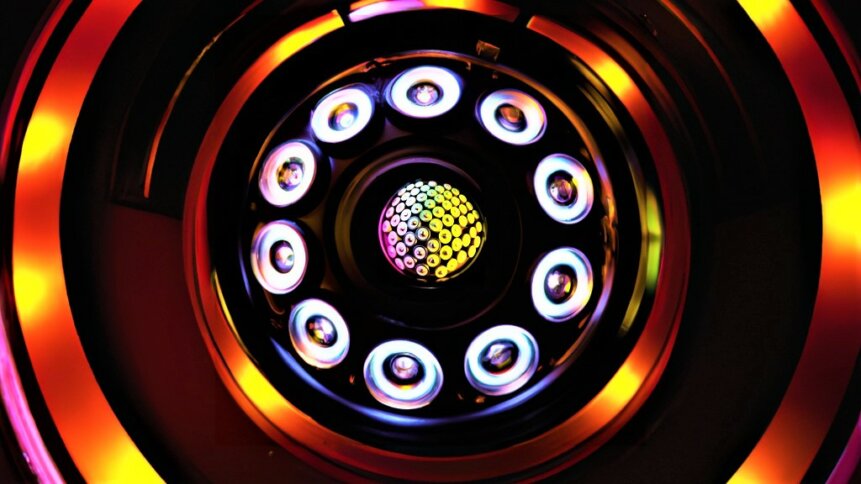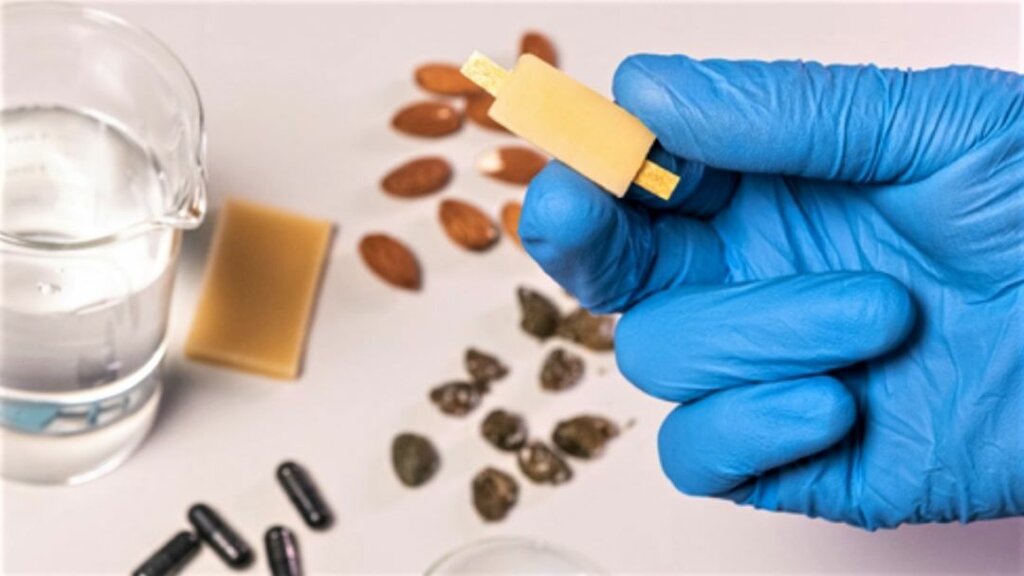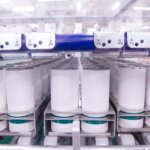Engineers put edible batteries on the tech menu

Powering up portable consumer gadgets is relatively straightforward. Hardware is designed around standard battery sizes that are readily available to customers. Alternatively, some devices may require lithium-ion batteries, which are built into products and recharged as needed through a power port and plug-in transformer. But things get more complicated when it comes to developing batteries for medical devices.
Market size for medical device batteries
Strategic consultancy firm Lucintel estimates that the global medical battery market is expected to reach an estimated US $2.6 billion by 2028. And its analysts break down the market by application into patient monitoring devices, general medical devices, cardiovascular devices, orthopedic devices, home healthcare, and other uses.
High on the list of challenging applications are monitoring and therapeutic uses where powered medical devices need to go inside the human body. And it’s reassuring to know that implantable batteries go through rigorous safety testing, as Canadian medical device design service provider Starfish Medical points out.
But the dream, particularly for one-off investigative uses or to enhance medical delivery, would be to have non-toxic energy sources that could be harmlessly processed by the body.
Edible electronics and making batteries out of food
“Edible electronic devices will have major implications for gastrointestinal tract monitoring, therapeutics, as well as rapid food quality monitoring,” write researchers in Italy, who recently presented a design for an edible rechargeable battery in the May 2023 issue of Advanced Materials (open access article).
The field of edible electronics has seen numerous proposals for sensors and circuits, but one of the sticking points –up until now – has been how to power those designs. Taking inspiration from nature and how biochemical machines operate, the group of physicists, engineers, and materials experts has come up with a battery design that reads like a menu.
The power source uses riboflavin (vitamin B2 – present in almonds, avocados, mushrooms, and many other foods) as the anode and quercetin (a compound present in capers, among other vegetables) as the cathode. And the design includes a water-based electrolyte as well as activated charcoal to boost electrical conductivity. Separating the two sides of the battery is a piece of nori seaweed – which will be familiar to fans of sushi – and prevents the electrical energy source from short-circuiting.
Sustainable battery technology
Finally, the whole package is encapsulated in beeswax. And the cell operates at 0.65 V – a value that the developers believe shouldn’t cause any problems inside the body when the edible battery is ingested. Depending on the current draw, the team’s device can operate anywhere from a few minutes to over an hour. And the group tested its rechargeable concept by powering up a commercial Broadcom LED.
Discussing what they believe will be some of the key medical device applications for their edible battery, the researchers highlight the essential role that the gastrointestinal tract plays in human wellbeing. Currently, patients have to endure either gastroscopy or colonoscopy procedures – both of which can be uncomfortable – to identify problems inside the gut.
Progress is being made in swallowable pills containing electronics that pass through the body. But the use of those types of medical devices, which are based on conventional batteries and sensor components, needs to be supervised in case products get stuck and need to be retrieved by doctors.
Fully edible electronics (featuring batteries made out of foodstuffs and other digestible materials), on the other hand, could – in principle – be administered by the patient themselves. And the procedure wouldn’t necessarily have to take place in a hospital setting, which could dramatically lower the cost, reducing medical bills for people needing gastro health monitoring.
Long-term potential of edible batteries beyond medical devices
There’s another angle to edible batteries too. Made out of a majority of foodstuffs and biodegradable materials, the power sources score highly in terms of their sustainability. Readers might recall using science kits that demonstrated how sticking electrodes into citrus fruit could power LCD clocks and other low-energy circuits.

Edible battery technology, with ingredients in the background. Image credit: IIT-Istituto Italiano di Tecnologia
And although it’s still early days for edible electronics, power sources could open up avenues for sustainable battery technology. “This edible battery is also very interesting for the energy storage community,” said Ivan Ilic, a coauthor of the study and member of the Printed and Molecular Electronics Group at the Italian Institute of Technology in Genova. “We believe they will inspire other scientists to build safer batteries for a truly sustainable future.”
Having non-toxic devices presents other commercial opportunities as well. Toys for young children could be made safer by incorporating edible batteries in case any of the products were accidentally swallowed or chewed on. And there are prospects for using edible batteries not just for medical devices, but also for food monitoring applications.
The materials safety advantages of edible batteries could be beneficial across a wide range of use cases. And the field of edible electronics is one to keep an eye on with intriguing developments such as organic transistors that feature gates enabled using honey. A sweet idea, indeed.










